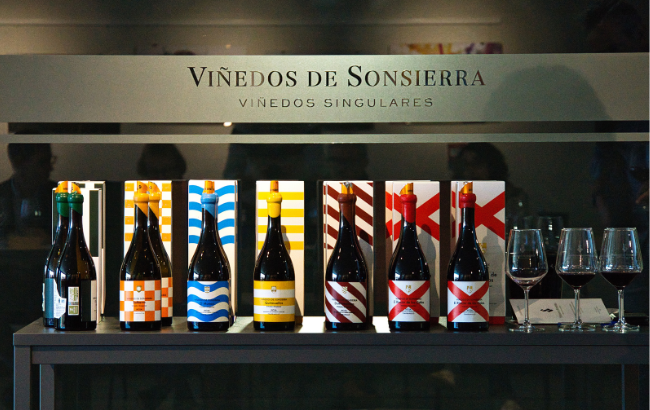Study tracks racial differences in alcohol consumption
A new study in the US has tracked the differences between black and white adolescent girls with regard to the types of alcohol consumed.
The research, undertaken by professors at several universities, claimed to show that black and white girls showed significantly different risk profiles when it came to drinking.
Co-author and associate professor of psychiatry at the University of Pittsburgh Medical Center, Tammy Chung, said: “To my knowledge this is the first study to track changes over multiple years in adolescence regarding type of alcohol consumed by an individual, and to also look at changes in types of alcohol consumed, by race.”
Fellow author and associate professor in the department of health outcomes and policy at the University of Florida, Maldonado Molina, added: “This study is timely because only by understanding racial differences in the type of alcohol consumed can researchers and community decision-makers better tailor policies and preventive interventions to reduce the negative consequences of excessive alcohol use.
“And certainly more studies are needed to understand youth’s choice of alcoholic beverages, whether beer, wine, or liquor.”
The authors used data from the Pittsburgh Girls Study (PGS), a community study of 2,171 urban girls (1,236 black and 935 white).
“One study goal was to find out whether neighbourhood conditions uniquely predicted alcohol use – which it did, for both black and white girls – when accounting for the relatively strong effects of parent and peer influences on drinking,” said Chung.
Partner Content
As with previous studies, it was found that drinking was higher in white adolescent girls, who drank beer and liquor as opposed to just liquor among black girls.
Molina added that while the onset of earlier drinking in white girls was surprising, “this might be due to including ‘sips’ and ‘tastes’ and not requiring consumption of at least a full drink. It was also surprising that although African American girls reported lower access to alcohol, they reported higher perception of peer alcohol use.”
Chung concluded that the important findings to take away from the study were that black girls needed to be made more aware of the dangers of spirits-related abuse and white girls perhaps needed more limited access to alcohol overall.
The full findings of the study will be published next year in the January issue of Alcoholism: Clinical and Experimental Research.




